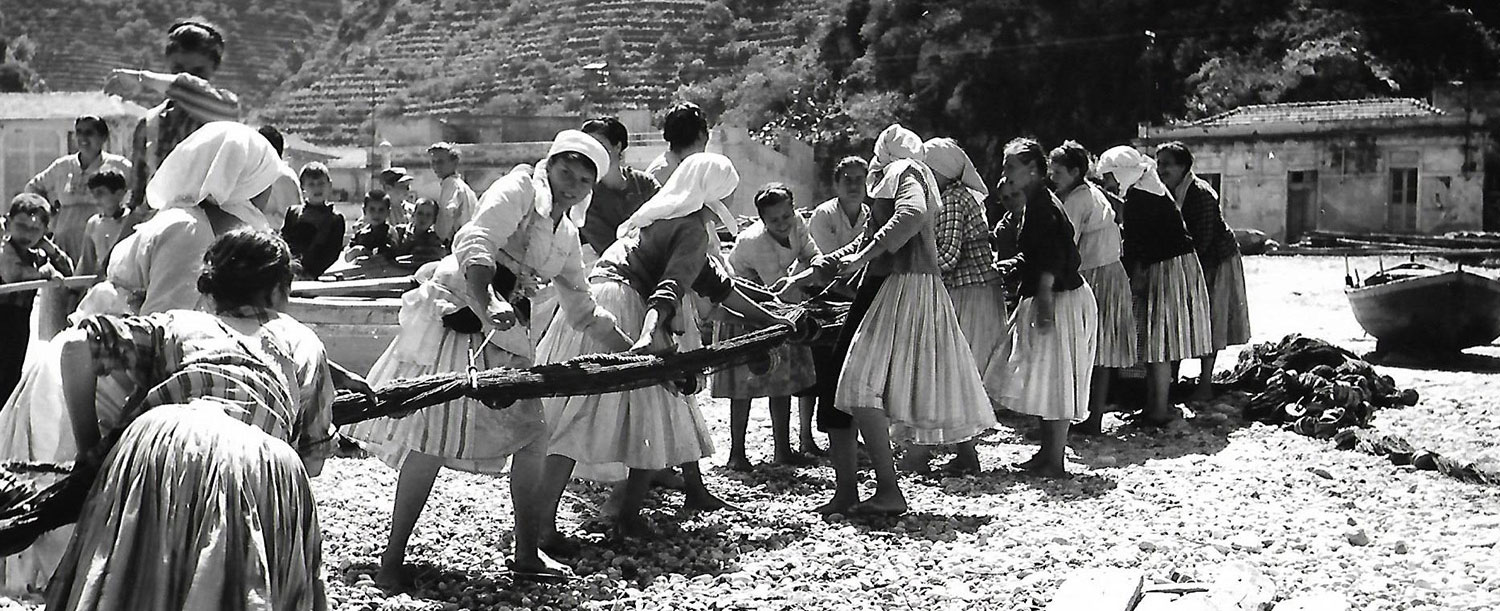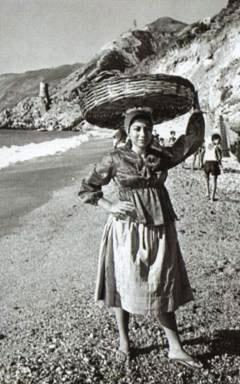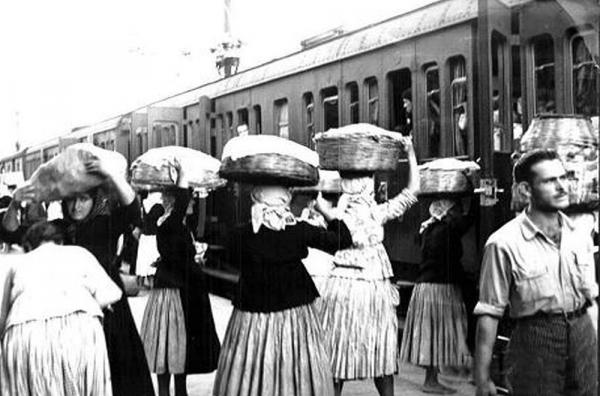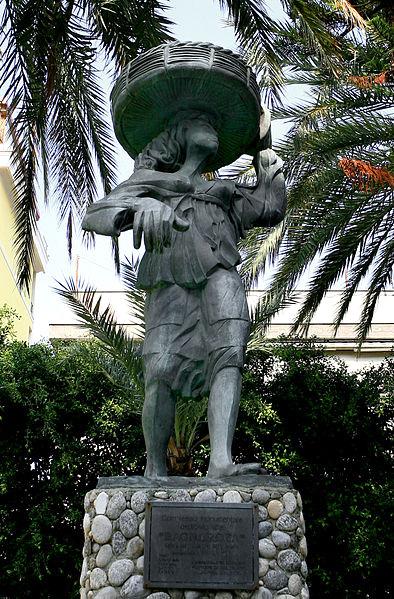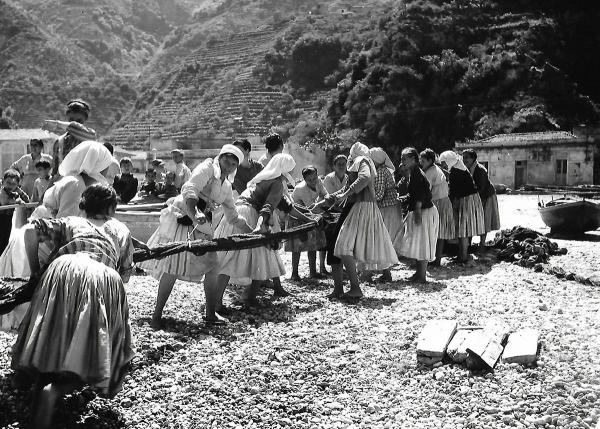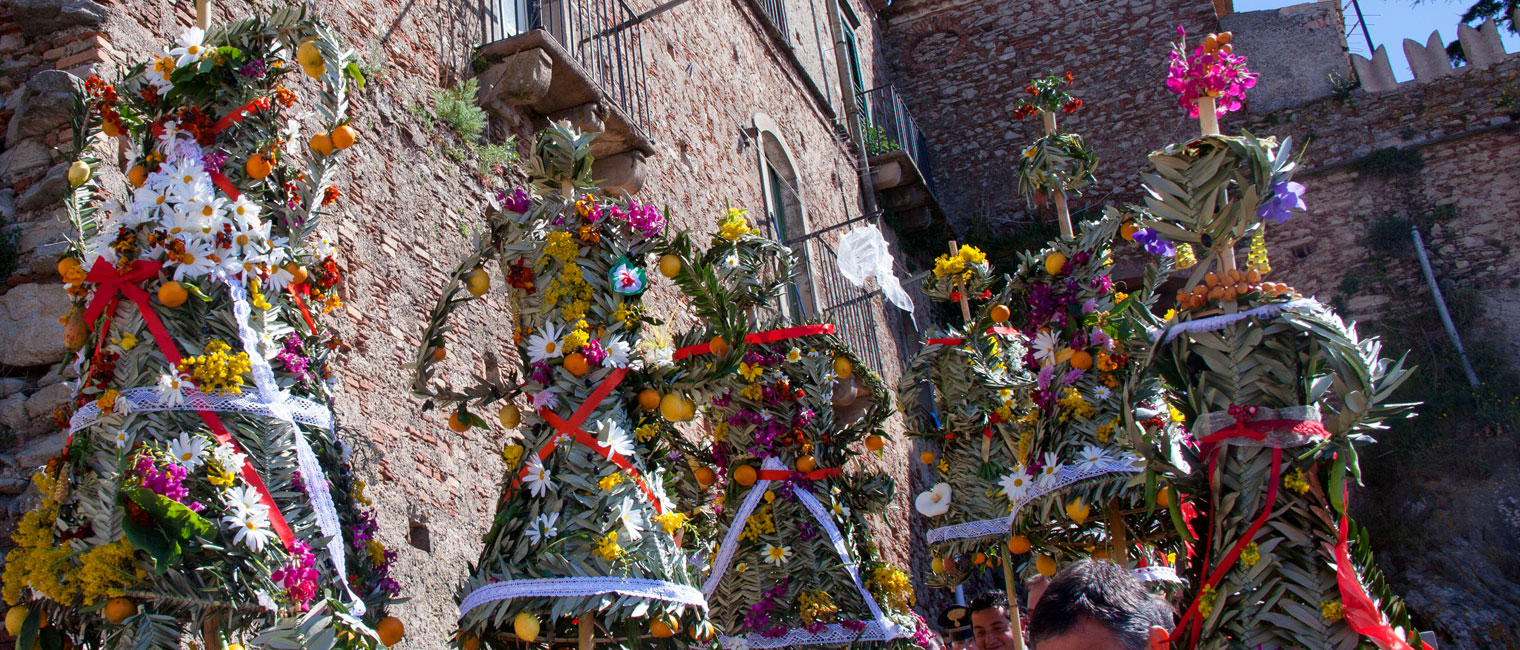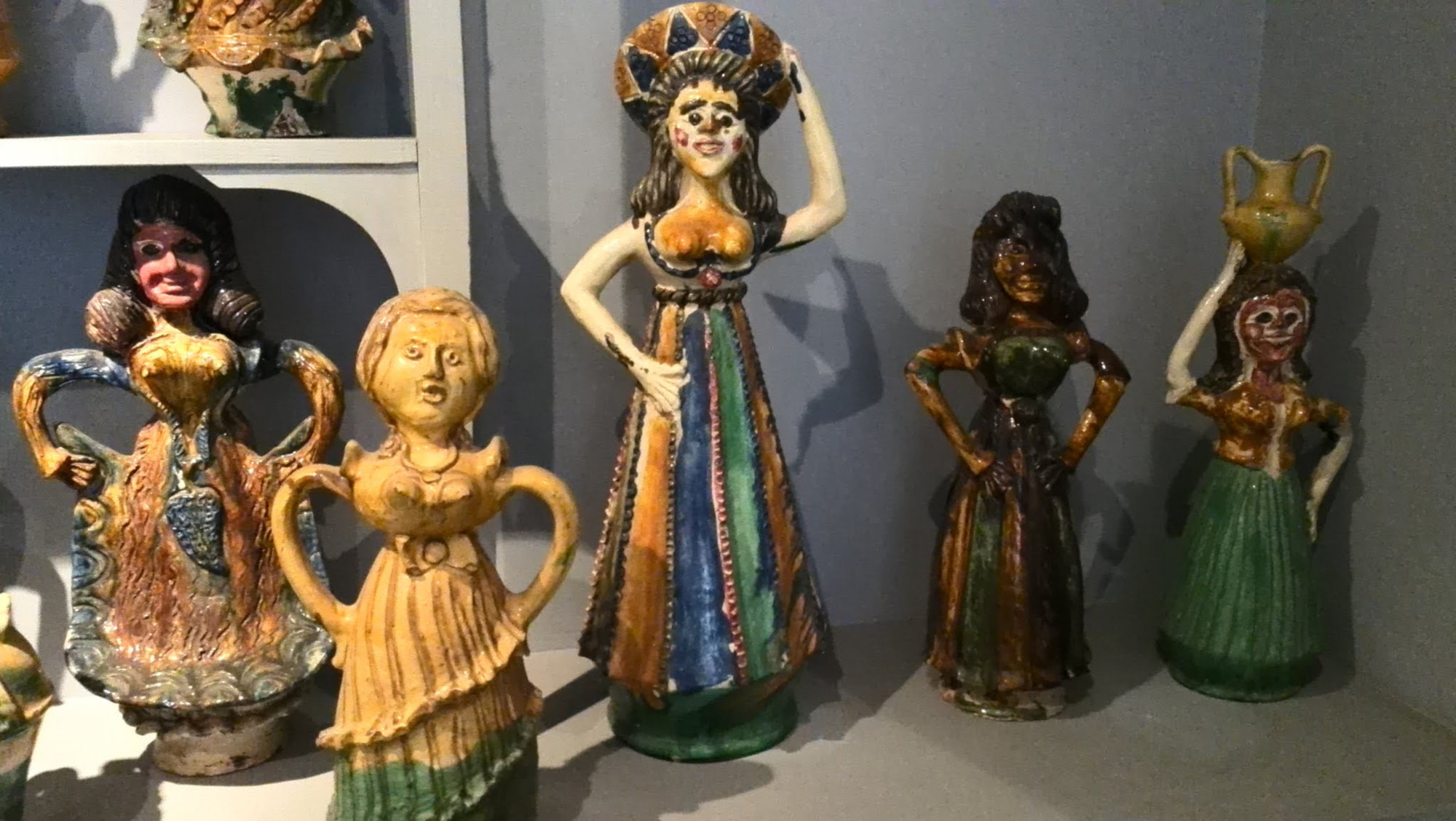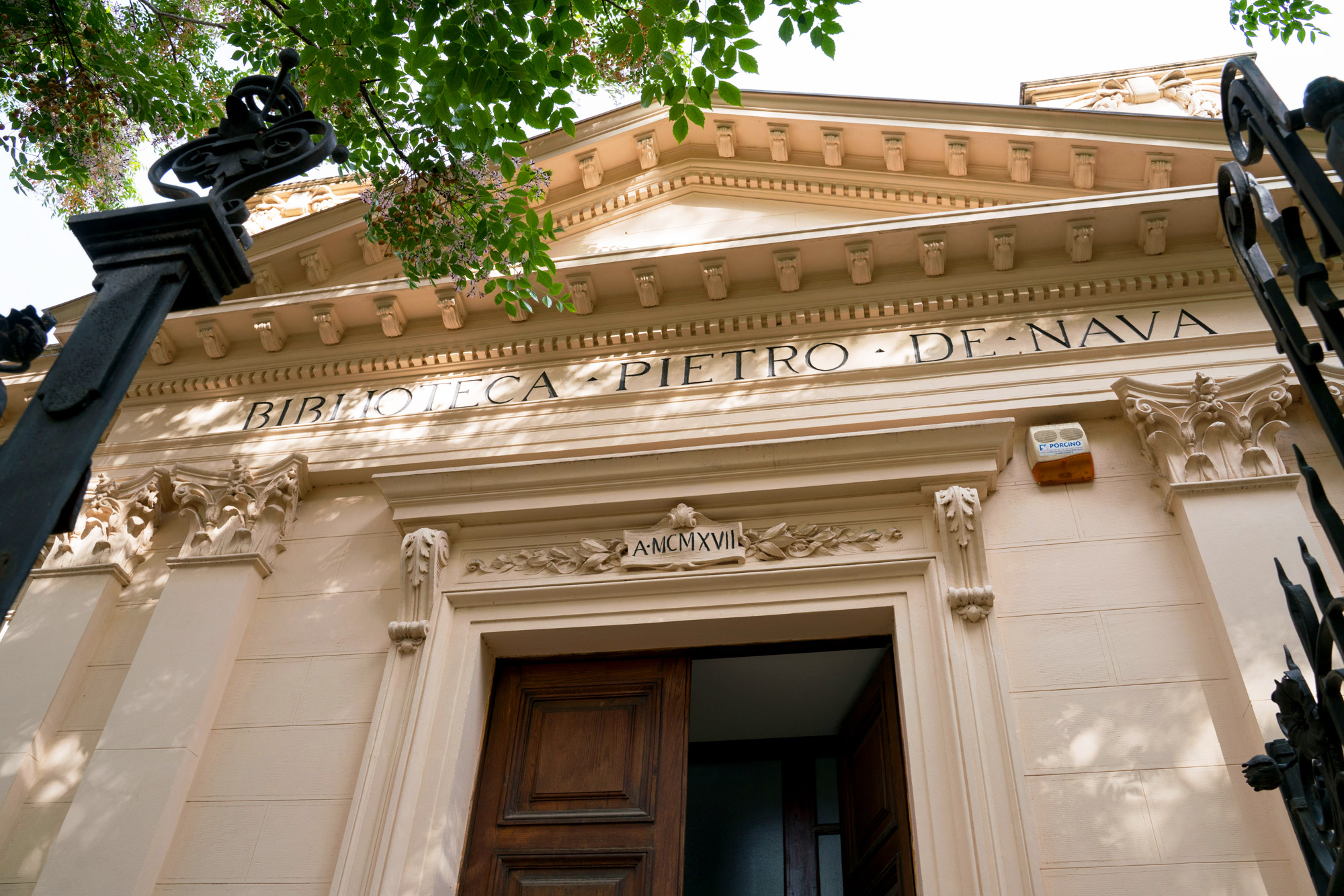Over the centuries, this typical female character of the town of Bagnara has been praised by writers, poets, and journalists who have worshipped this figure with stunning pages of tales and admiration.
After the 1783 earthquake, the small community of Bagnara Calabra was destroyed like many small towns in the province of Reggio. Women were orphans and widows of their men: fathers, husbands, and brothers, did not give up while trying to rebuild a new Bagnara based heavily on matriarchy. This was a real social rebirth that saw the Bagnara women as protagonists of a new city development.
Exceptionally good in barter and trade, they were always well-known to the people in the surrounding towns, including Sicily.
In the mid-1800s, the scholar Cardone recognised the women of Bagnara in an ethnographic essay, dividing them into three different classes: “Those civilians educated with nobility; those of middle bourgeoisie, who spun and knit; and those of the lower class, of the humble, heavy jobs, the bagnarote.” Thus, the myth of a gendered social class was born.
It was customary for them to wear a wide, large basked on their heads, resting on a crown of cloth used to relieve the pressure of the weight, just as if they were the Caryatids of the Parthenon in Athens. These new, Magno-Greek women, tenacious and dedicated, contributed to the reconstruction after the earthquakes, wars, and disasters that the Tyrrhenian coast suffered in the province of Reggio.
Whether it was for the transport of the grapes during harvest time, or the materials useful for the construction of the houses, the Bagnarote were always first in line; they moved from community to community, town to town, and also through the Strait in the first transport ships from Villa San Giovanni, the so-called ferry boats to market their products. They rebelled against a fascist ordinance that obliged them to wear shoes inside the railway stations, because they usually walked barefoot.
Protagonists of literature, from people to characters
Hardworking, maternal, strong, and rebellious, the bagnarote are celebrated in literature like the women of the sea.
An interesting description was provided by one of the travellers of the 19th century, the German Richard Cher Krapfen, who was enchanted by the beauty of the Bagnara women, speaking specifically of “of regular features, combined with a clear complexion, and the facial expression of exquisite asymmetry, combined with the grace of the forms”.
However, it is with Stefano D’Arrigo’s masterpiece, the Horcynus Orca, that the bagnarote women take on the role of protagonists.
In the epic novel, written by the Messina author, the native women of the town of the Costa Viola are called “female” and thanks to their knowledge of the routes and tricks, which they used to smuggle the salt during the war, which will favour the crossing of the Strait by the young Ndria Cambria.
Salt smuggling was a valuable element at the time within the black market.
Another great writer of the 1900s, this time from Calabria, Corrado Alvaro recalls the bagnarote in his novel, A Train in the South, in which he speaks of his inhabitants of Bagnara as women of toil, pilgrims who brought their small daughters with them from town to town whom they entrust the transport of an over the shoulder basket to train them in their work.
The modern era
Perhaps not everyone knows that recently in the history of Italian music, Mia Martini, the singer-songwriter who was a native of Bagnara, proudly claimed membership among the fishermen and the strong women, with the role of bagnarota specifically appealing to her. She famously declared in an interview: “If I hadn’t been a singer, I would have certainly been a bagnarota”.
The women no longer wear the typical costume called, “‘a Saia e ‘u sciamichu”, but their natural elegance can also be seen in the women who in Bagnara Calabra today.
